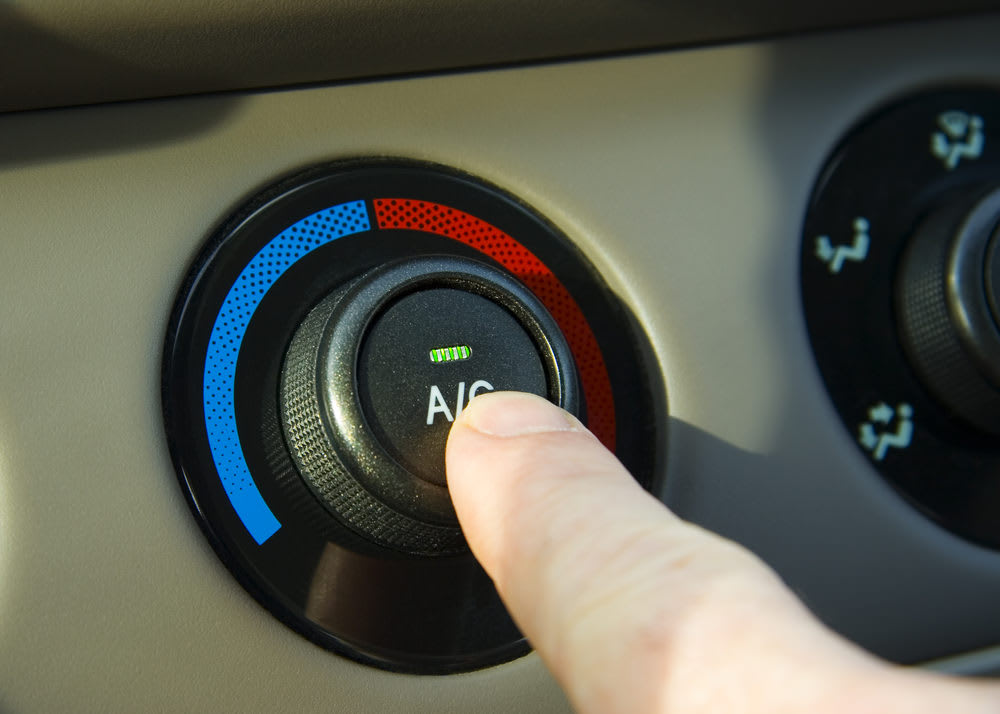

All across North America, a climate change occurs every year. The cooler spring temperatures give way to warmer weather. In some areas this lasts for two months, and in others it lasts six months or longer. It’s called summer.
With summer comes heat. Heat can make your car unbearable to drive, which is why air conditioning was introduced by Packard in 1939. Beginning in luxury cars and now expanding into almost every vehicle produced, air conditioning has been cooling drivers and passengers for decades.
What Does Air Conditioning Do?
Air conditioning has two main purposes. It cools the air entering the passenger compartment. It also removes the moisture from the air so it feels more comfortable inside the vehicle.
In many makes, air conditioning cycles automatically when the defrost setting is chosen. It pulls the humidity from the windshield to improve your visibility. Often cold air is not required when the defrost setting is selected, which is why it is important to know that air conditioning functions even when the heat is selected on the heater control.
How Does It Work?
Air conditioning systems operate in much the same manner from manufacturer to manufacturer. All makes have some common components:
- compressor
- condenser
- expansion valve or orifice tube
- receiver/drier or accumulator
- evaporator
The air conditioning system is pressurized by a gas known as refrigerant. Each vehicle specifies how much refrigerant is used to fill the system, and is usually three or four pounds at most in passenger vehicles.
The compressor does what it's name suggests, it compresses the refrigerant from a gaseous state into a fluid. the fluid is cycled through a refrigerant line. Because it is under high pressure, this is called the high side.
The next procedure occurs in the condenser. The refrigerant flows through a grid similar to a radiator. Air passes through the condenser and removes the heat from the refrigerant.
The refrigerant then moves on next to the expansion valve, or orifice tube. A valve or restriction in the tube reduces the pressure in the line and the refrigerant returns to a gaseous state.
Next, the refrigerant enters the receiver drier, or accumulator. Here, a desiccant in the receiver drier removes moisture that is carried in with the refrigerant in gas form.
After the receiver drier, the cooler, drier refrigerant passes into the evaporator, still in its gaseous form. The evaporator is the only part of the air conditioning system that is actually in the passenger compartment. Air is blown through the evaporator core, and the heat is removed from the air and transferred into the refrigerant, leaving cooler air exiting past the evaporator.
The refrigerant cycles through to the compressor again. The process continues repeatedly.



